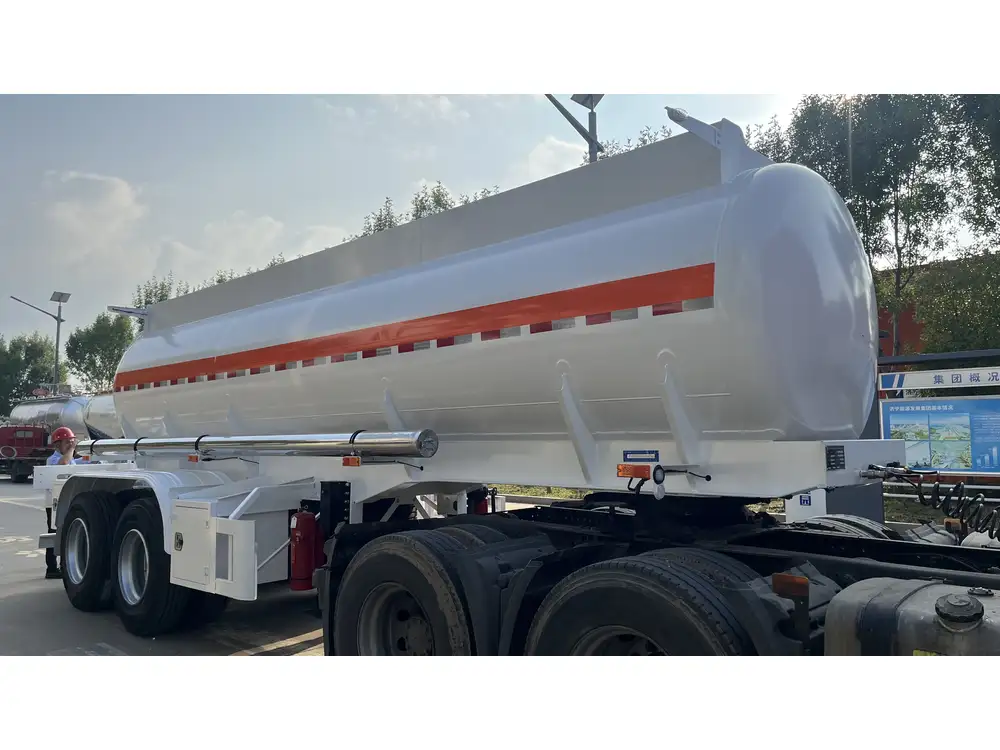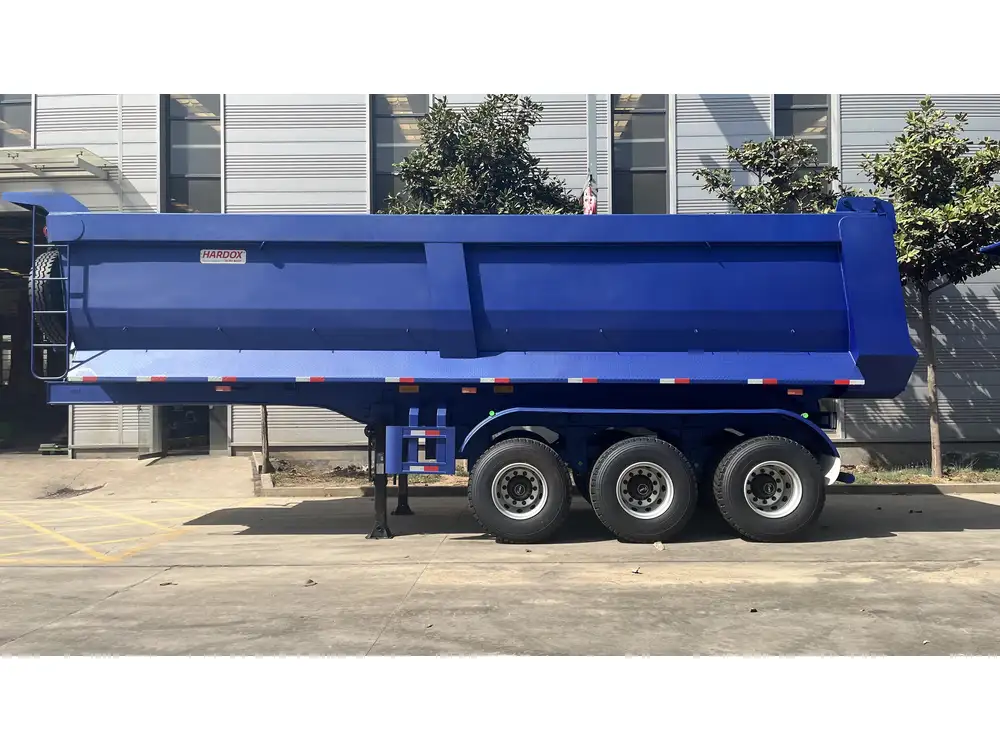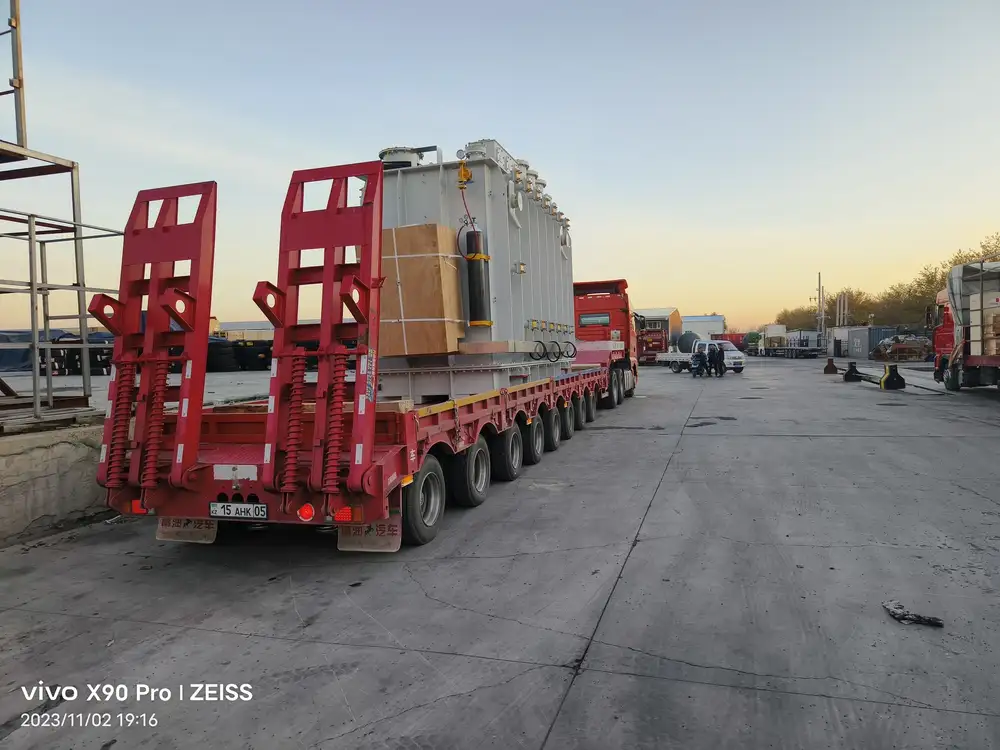When it comes to maintaining a trailer, particularly a 38-foot mobile residence, one of the most critical components is the septic system. An appropriately sized septic tank ensures efficient wastewater management without causing environmental hazards or undue inconvenience. This guide meticulously examines the factors influencing septic tank size for a 38-foot trailer, equipping you with essential insights for optimal selection.
Understanding Septic Tank Basics
What is a Septic Tank?
A septic tank is a buried, watertight container that processes and treats domestic wastewater. It acts as the first stage of a septic system, allowing solids to settle at the bottom while lighter materials like grease float to the surface. The treated effluent then disperses into the drain field.

Why Size Matters
Selecting the correct septic tank size is paramount for several reasons:
- Efficiency: A tank that’s too small can overflow, leading to hazardous leaks.
- Environmental Compliance: Many local regulations dictate minimum tank sizes based on trailer usage.
- Cost-Efficiency: A tank that’s too large represents unnecessary investment, while one that’s too small can lead to costly maintenance and repairs.
Determining Factors for Septic Tank Size
1. Number of Occupants
The household size significantly influences tank capacity. For a 38-foot trailer, the number of occupants typically ranges from 2 to 6. The general rule of thumb is:
- 2-3 Occupants: 1,000-gallon tank
- 4-5 Occupants: 1,250-gallon tank
- 6+ Occupants: 1,500-gallon tank

2. Daily Water Usage
Understanding the average water usage per person per day is crucial. According to the EPA:
- Average water use per person: Approximately 60 gallons/day.
- For a household of four with daily usage, total consumption could reach 240 gallons/day.
Based on these metrics, a larger tank is warranted to accommodate peak usage without exceeding capacity.
3. Trailer Type and Amenities
The features within your trailer can also determine septic tank size. For instance:
- Standard Trailer: Generally requires less capacity than a trailer with extensive plumbing features like multiple bathrooms or high-capacity washing machines.
- Luxury Models: May necessitate a 1,500-gallon tank or larger due to increased water usage.
4. Soil Percolation Rate
The soil’s ability to absorb water (percolation rate) can affect how quickly wastewater can be treated. A higher percolation rate allows for smaller drain fields, while a lower rate requires a larger tank to prevent backups.

5. Local Regulations and Codes
Different regions impose varying regulations regarding septic tank sizing. Always consult local codes to ensure compliance, which not only guarantees legal adherence but can also affect resale value and property insurance.
Recommended Septic Tank Sizes for 38-Foot Trailers
| Number of Occupants | Recommended Tank Size |
|---|---|
| 2 – 3 | 1,000 gallons |
| 4 – 5 | 1,250 gallons |
| 6 + | 1,500 gallons |
Additional Considerations

Maintenance Frequency
Regular pumping of the septic tank is equally critical. Depending on usage, tanks should generally be pumped every 3 to 5 years. Larger tanks can extend this period but consulting a professional for personalized recommendations is advisable.
Installation Cost
Costs for septic tank installation can vary significantly based on location, tank size, and soil conditions. Average installation can range from $3,000 to $8,000. Understanding your budget before final decisions can lead to a more financially sound investment.
Environmental Factors
It’s essential to consider surrounding environmental factors when determining the septic tank size and placement:
- Proximity to water sources to prevent contamination.
- Slope and drainage patterns to ensure efficient waste treatment.

Advanced Technologies
Consider leveraging advanced technologies such as:
- Aerobic Treatment Units (ATUs): Offer smaller footprints and enhanced treatment.
- Composting Toilets: Reduce the volume of blackwater produced, potentially allowing for a smaller tank.
Common Questions and Answers
What Happens If the Tank is Too Small?
A septic tank that’s too small can lead to:
- Overflowing: Resulting in environmental contamination.
- Backup: Creating significant inconvenience and costly repairs.
- Odor Issues: Caused by excessive anaerobic conditions.

How Long Can a Septic Tank Last?
With proper maintenance and appropriate sizing, a septic tank can last 30 to 40 years or more. Utilizing quality materials and regular inspections can prolong this lifespan.
How Do I Know When to Pump My Septic Tank?
Signs that indicate it might be time to pump your septic tank include:
- Foul odors near the tank or drain field.
- Slow drainage in sinks and toilets.
- Sewage backups within the trailer.
Concluding Thoughts
For owners of 38-foot trailers, understanding septic tank sizing is not merely a matter of preference but a fundamental aspect of maintaining both comfort and compliance. An appropriately sized septic system takes into account the number of occupants, daily water usage, trailer amenities, and local regulations. Taking these factors into consideration ensures a functional home on wheels, fostering a safe and comfortable living experience.
In summary, choosing the correct septic tank size requires careful consideration of various aspects. By adhering to the guidelines outlined above, trailer owners can guarantee optimal functioning of their wastewater systems, driving long-term benefits while avoiding the pitfalls of under or over-sizing an essential component of their mobile homes.
For additional guidance on specific models or features that might benefit your trailer’s septic design, consider consulting our comprehensive resources or contacting a professional for tailored advice.



